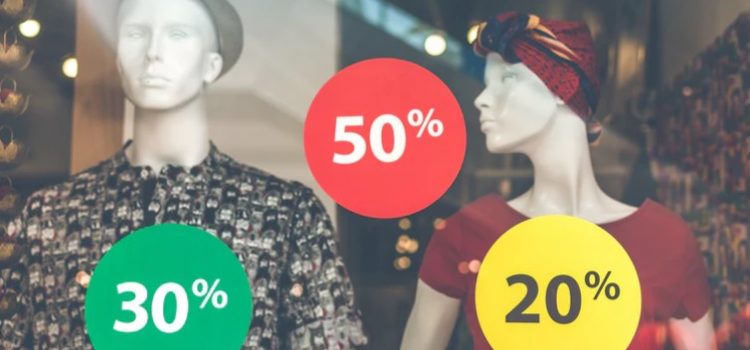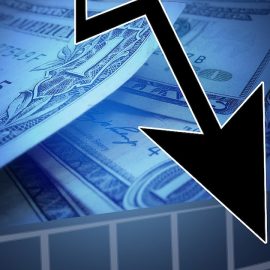

This article is an excerpt from the Shortform book guide to "Contagious" by Jonah Berger. Shortform has the world's best summaries and analyses of books you should be reading.
Like this article? Sign up for a free trial here .
What is the rule of 100? How can you make a discount seem like a better deal to customers?
The rule of 100 states that if a product’s original price is under $100, a percentage-based discount—for instance, 30% off—will appear more attractive to customers. Likewise, if a product’s original price is above $100, a numerical discount—for example, $50 off—will impress customers more. If you apply this rule when creating your discount, you can maximize its attractiveness and increase the likelihood that it’ll be shared.
Find out how you can use the rule of 100 to improve your discounts.
What Is the Rule of 100?
The key to creating amazing discounts is that they follow the Rule of 100. If you apply this rule when creating your discount, you can maximize its attractiveness and increase the likelihood that it’ll be shared.
The Rule of 100 is based on research that investigated whether percentage-based discounts (for instance, 50% off) or numerical discounts (for instance, $50 off) are more effective. The answer to this question depends on whether the item’s original price was above or below $100.
If the price was originally below $100, percentage discounts are more impressive. This is because when lower prices are involved, a percentage discount seems much higher than a numerical one. For example, imagine a hat was originally $10 but has a 25% discount applied. This discount seems pretty big—a quarter off! However, in numerical terms, it’s only a $2.50 discount—not a huge amount of money. Therefore, this deal seems much better if you frame it as a percentage, not a numerical discount.
If a product’s price was originally above $100, the reverse is true. A numerical discount will seem higher than a percentage discount, thus making the former more attractive to customers. For example, a 10% discount on a $5000 product is equivalent to $500 off. A $500 discount seems much higher than a 10% discount, even when the two have the same value in reality.
Exercise: Create an Amazing Discount
One of the ways to give your product or service practical value is to create and apply an amazing discount. In this exercise, learn how to ensure that your discount is amazing.
- Think of a product that you’ve created (or want to create). What price would you usually sell this product for? If you were asked to devise a discount for this product, what saving would you consider applying?
- “Amazing” discounts must be big enough to impress customers (for instance, 50% off as opposed to 5% off). Likewise, they must follow the Rule of 100, which states that if a product’s original price is under $100, a percentage-based discount will appear more attractive to customers. Meanwhile, if it’s above $100, a numerical discount will impress customers more.
- Does your discount fit both of these criteria? If not, how could you amend it so that it does?
- People are more likely to share information about discounts that are somehow limited in their availability. How would you limit the availability of your discount? (For instance, could you make your discount “members only”? Could you make your discount available for a short time only?)
- For your discount to be effective at generating word of mouth, it needs to be publicly visible. How might you add visibility to your discount? (For instance, could you put posters up in your store advertising the discount? Could you send your customers an email informing them of the discount?)

———End of Preview———
Like what you just read? Read the rest of the world's best book summary and analysis of Jonah Berger's "Contagious" at Shortform .
Here's what you'll find in our full Contagious summary :
- Why some new products and ideas gain widespread popularity while others fail
- The six principles to making your product or idea contagious
- The importance of word of mouth in marketing






